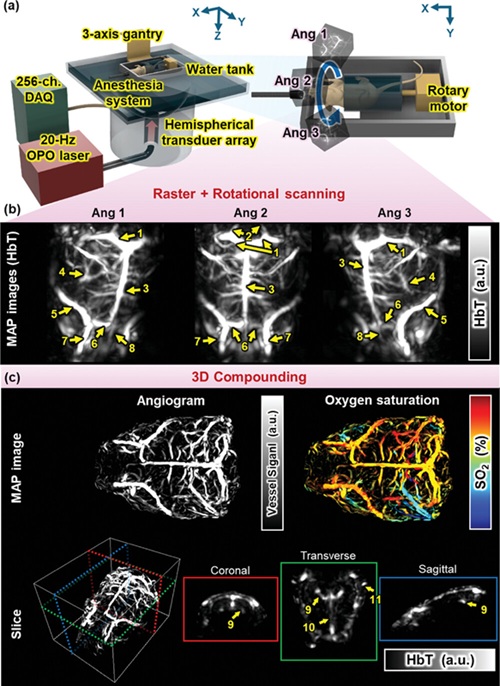Ultrasound Device Non-Invasively Improves Blood Circulation in Lower Limbs
|
By MedImaging International staff writers Posted on 09 Nov 2024 |
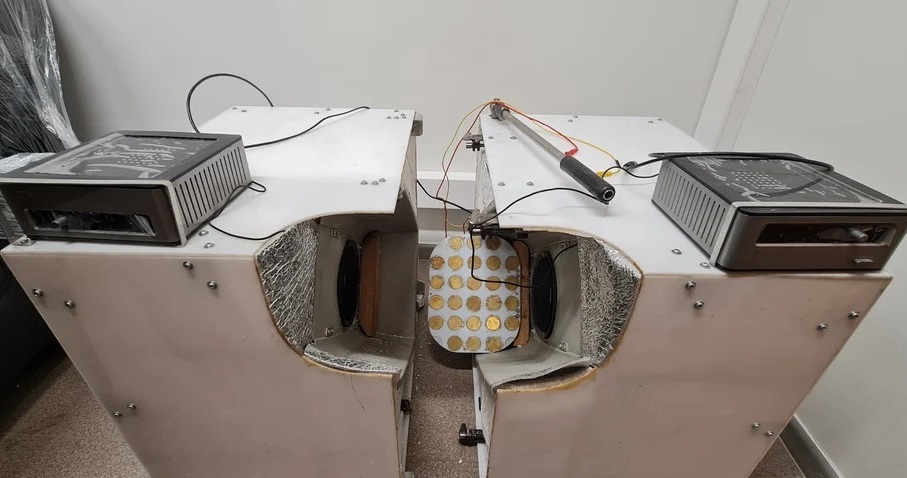
Impaired blood circulation in the lower limbs is a common health issue among the elderly and is a significant complication of diabetes, often referred to as diabetic foot. This condition arises due to impaired tissue circulation and progressive neuropathy, causing foot tissues to become insensitive and unable to respond appropriately to trauma. As a result, patients may experience progressive ulceration, wound infection, tissue necrosis, and ultimately, amputation. With limited options for pharmacological treatment, alternative and particularly non-invasive therapies, such as ultrasound energy, are gaining importance. Researchers have now created an ultrasonic foot stimulation device that can non-invasively enhance blood circulation in the lower limbs.
This innovative device was developed through collaboration between scientists from the Kaunas University of Technology (KTU, Kaunas, Lithuania) and the Lithuanian University of Health Sciences (LSMU, Kaunas, Lithuania). Ultrasound has recently found widespread application across various medical fields as a therapeutic method. It can affect diverse body tissues and structures, including bones, skin, muscles, and biological fluids like blood. The application of ultrasound can alleviate pain, reduce spasms and inflammation, and stimulate blood flow. Additionally, it can activate central blood flow in the body's main blood vessels, closer to the heart and lungs, through the retrograde neurogenic pathway, broadening its therapeutic potential.
The developed device employs specific piezoelectric elements to produce a broad spectrum of acoustic ultrasound waves in response to an electrical signal. By selecting the appropriate parameters, the ultrasound is transmitted to the foot tissues, stimulating blood flow throughout the leg. The vibrations caused by electric current passing through the elements generate acoustic waves that penetrate the skin and reach deeper tissues, creating vibrations that enhance the tone of blood vessel walls. This process improves blood flow in superficial tissues and modulates the activity of blood-forming components, including erythrocytes, leukocytes, and thrombocytes. Consequently, it regulates thrombogenesis, immune response, and inflammatory processes, all vital for maintaining normal vascular and tissue function. Furthermore, ultrasound waves can influence nerve structures since all blood vessels are innervated, thus activating vascular tone across a broad tissue area.
It is important to note that the therapeutic effects of ultrasound depend on physical parameters such as wave frequency, power, and intensity. The newly developed device utilizes low-frequency ultrasound, operating in a non-contact and non-thermal manner to minimize potential adverse effects. The researchers believe that, upon creating a commercial prototype, this device could significantly transform medical practice in rehabilitation hospitals, preventive medicine clinics, and nursing facilities. Its portability, safety, and capability to address a wide range of lower extremity circulatory disorders position it as a promising tool for the future. The device can also be customized for individual use through appropriate software modifications, making it beneficial for patients with diabetes and other peripheral circulatory disorders, as well as for older adults experiencing chronic vascular dysfunction. Additionally, with the right parameters, ultrasound may facilitate the targeted delivery of chemotherapeutic drugs, reducing overall toxic effects on the body.
Latest Ultrasound News
- Tiny Magnetic Robot Takes 3D Scans from Deep Within Body
- High Resolution Ultrasound Speeds Up Prostate Cancer Diagnosis
- World's First Wireless, Handheld, Whole-Body Ultrasound with Single PZT Transducer Makes Imaging More Accessible
- Artificial Intelligence Detects Undiagnosed Liver Disease from Echocardiograms
- Ultrasound Imaging Non-Invasively Tracks Tumor Response to Radiation and Immunotherapy
- AI Improves Detection of Congenital Heart Defects on Routine Prenatal Ultrasounds
- AI Diagnoses Lung Diseases from Ultrasound Videos with 96.57% Accuracy
- New Contrast Agent for Ultrasound Imaging Ensures Affordable and Safer Medical Diagnostics
- Ultrasound-Directed Microbubbles Boost Immune Response Against Tumors
- POC Ultrasound Enhances Early Pregnancy Care and Cuts Emergency Visits
- AI-Based Models Outperform Human Experts at Identifying Ovarian Cancer in Ultrasound Images
- Automated Breast Ultrasound Provides Alternative to Mammography in Low-Resource Settings
- Transparent Ultrasound Transducer for Photoacoustic and Ultrasound Endoscopy to Improve Diagnostic Accuracy
- Wearable Ultrasound Patch Enables Continuous Blood Pressure Monitoring
- AI Image-Recognition Program Reads Echocardiograms Faster, Cuts Results Wait Time
- Wearable Ultrasound Device Provides Long-Term, Wireless Muscle Monitoring

Channels
Radiography
view channel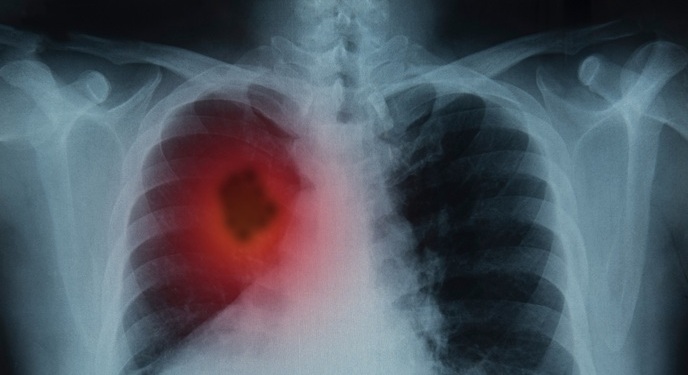
Higher Chest X-Ray Usage Catches Lung Cancer Earlier and Improves Survival
Lung cancer continues to be the leading cause of cancer-related deaths worldwide. While advanced technologies like CT scanners play a crucial role in detecting lung cancer, more accessible and affordable... Read more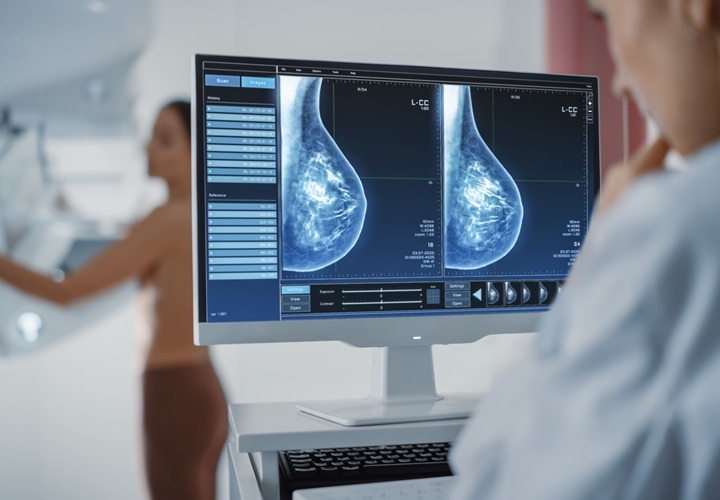
AI-Powered Mammograms Predict Cardiovascular Risk
The U.S. Centers for Disease Control and Prevention recommends that women in middle age and older undergo a mammogram, which is an X-ray of the breast, every one or two years to screen for breast cancer.... Read moreMRI
view channel
Ultra-Powerful MRI Scans Enable Life-Changing Surgery in Treatment-Resistant Epileptic Patients
Approximately 360,000 individuals in the UK suffer from focal epilepsy, a condition in which seizures spread from one part of the brain. Around a third of these patients experience persistent seizures... Read more
AI-Powered MRI Technology Improves Parkinson’s Diagnoses
Current research shows that the accuracy of diagnosing Parkinson’s disease typically ranges from 55% to 78% within the first five years of assessment. This is partly due to the similarities shared by Parkinson’s... Read more
Biparametric MRI Combined with AI Enhances Detection of Clinically Significant Prostate Cancer
Artificial intelligence (AI) technologies are transforming the way medical images are analyzed, offering unprecedented capabilities in quantitatively extracting features that go beyond traditional visual... Read more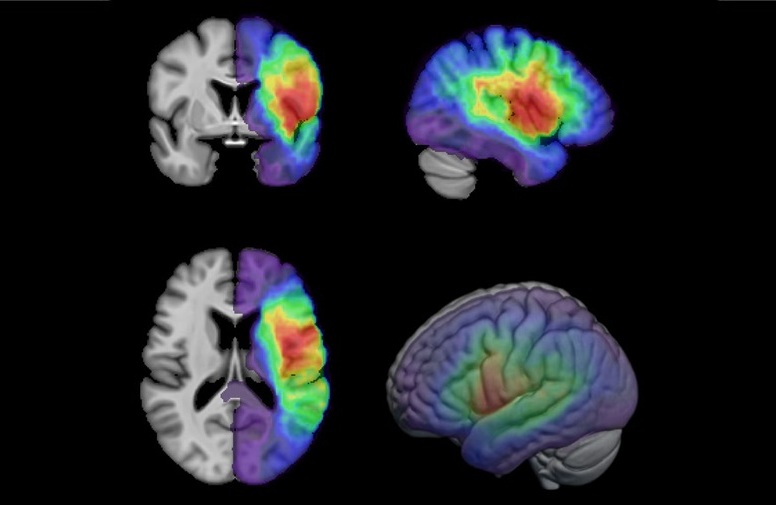
First-Of-Its-Kind AI-Driven Brain Imaging Platform to Better Guide Stroke Treatment Options
Each year, approximately 800,000 people in the U.S. experience strokes, with marginalized and minoritized groups being disproportionately affected. Strokes vary in terms of size and location within the... Read moreNuclear Medicine
view channel
Novel Radiotracer Identifies Biomarker for Triple-Negative Breast Cancer
Triple-negative breast cancer (TNBC), which represents 15-20% of all breast cancer cases, is one of the most aggressive subtypes, with a five-year survival rate of about 40%. Due to its significant heterogeneity... Read more
Innovative PET Imaging Technique to Help Diagnose Neurodegeneration
Neurodegenerative diseases, such as amyotrophic lateral sclerosis (ALS) and Alzheimer’s disease, are often diagnosed only after physical symptoms appear, by which time treatment may no longer be effective.... Read moreGeneral/Advanced Imaging
view channel
AI Model Significantly Enhances Low-Dose CT Capabilities
Lung cancer remains one of the most challenging diseases, making early diagnosis vital for effective treatment. Fortunately, advancements in artificial intelligence (AI) are revolutionizing lung cancer... Read more
Ultra-Low Dose CT Aids Pneumonia Diagnosis in Immunocompromised Patients
Lung infections can be life-threatening for patients with weakened immune systems, making timely diagnosis crucial. While CT scans are considered the gold standard for detecting pneumonia, repeated scans... Read moreImaging IT
view channel
New Google Cloud Medical Imaging Suite Makes Imaging Healthcare Data More Accessible
Medical imaging is a critical tool used to diagnose patients, and there are billions of medical images scanned globally each year. Imaging data accounts for about 90% of all healthcare data1 and, until... Read more
Global AI in Medical Diagnostics Market to Be Driven by Demand for Image Recognition in Radiology
The global artificial intelligence (AI) in medical diagnostics market is expanding with early disease detection being one of its key applications and image recognition becoming a compelling consumer proposition... Read moreIndustry News
view channel
GE HealthCare and NVIDIA Collaboration to Reimagine Diagnostic Imaging
GE HealthCare (Chicago, IL, USA) has entered into a collaboration with NVIDIA (Santa Clara, CA, USA), expanding the existing relationship between the two companies to focus on pioneering innovation in... Read more
Patient-Specific 3D-Printed Phantoms Transform CT Imaging
New research has highlighted how anatomically precise, patient-specific 3D-printed phantoms are proving to be scalable, cost-effective, and efficient tools in the development of new CT scan algorithms... Read more
Siemens and Sectra Collaborate on Enhancing Radiology Workflows
Siemens Healthineers (Forchheim, Germany) and Sectra (Linköping, Sweden) have entered into a collaboration aimed at enhancing radiologists' diagnostic capabilities and, in turn, improving patient care... Read more




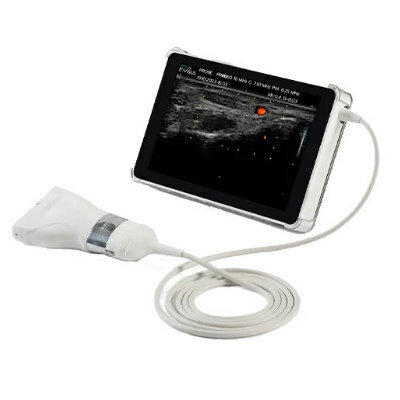

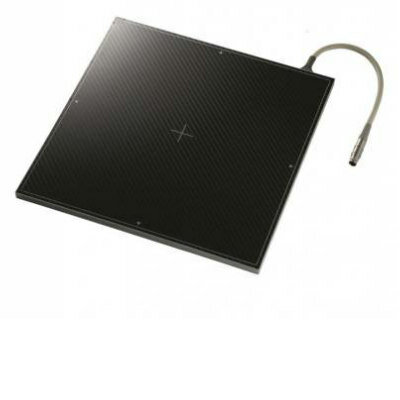

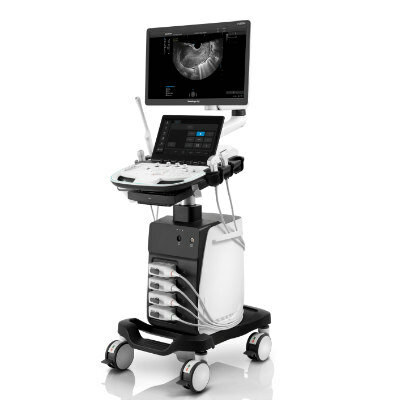



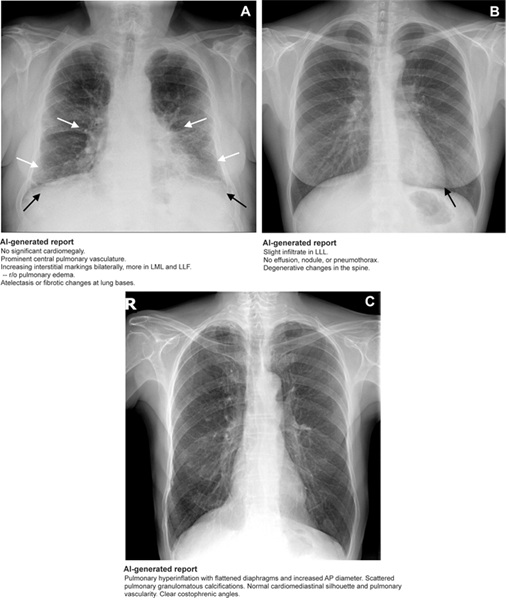
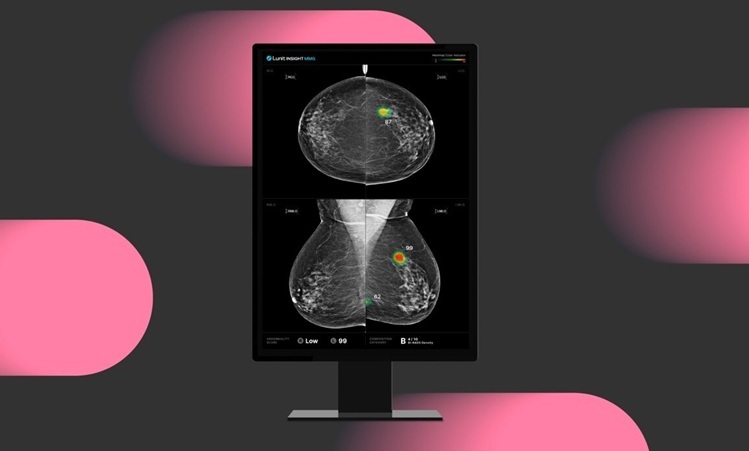
![Image: [18F]3F4AP in a human subject after mild incomplete spinal cord injury (Photo courtesy of The Journal of Nuclear Medicine, DOI:10.2967/jnumed.124.268242) Image: [18F]3F4AP in a human subject after mild incomplete spinal cord injury (Photo courtesy of The Journal of Nuclear Medicine, DOI:10.2967/jnumed.124.268242)](https://globetechcdn.com/mobile_medicalimaging/images/stories/articles/article_images/2025-02-24/Brugarolas_F8.large.jpg)

